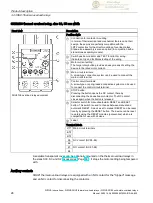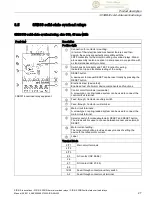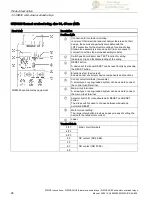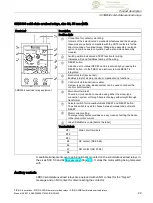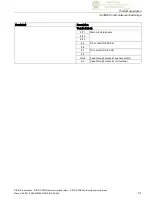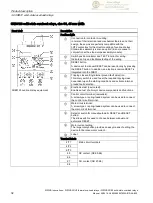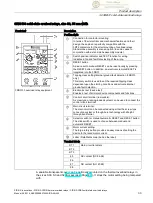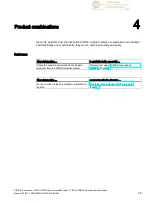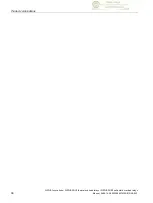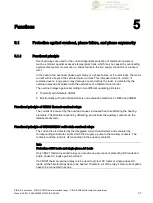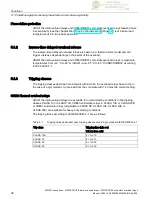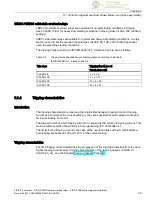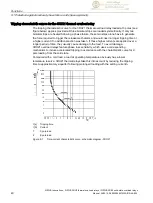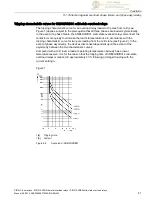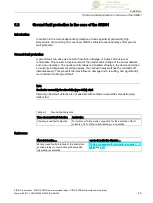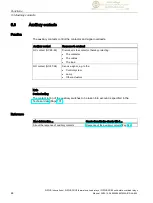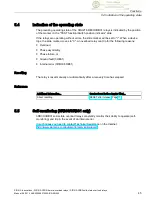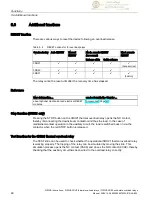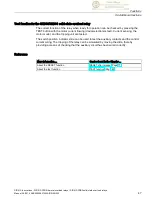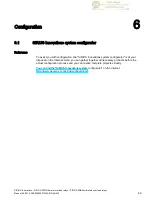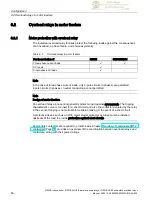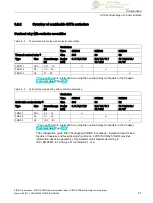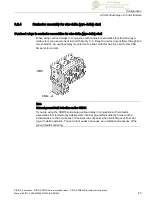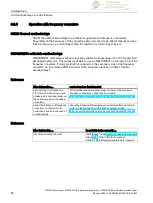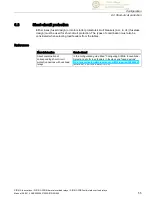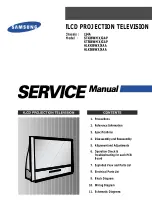
Functions
5.1 Protection against overload, phase failure, and phase asymmetry
SIRIUS Innovations - SIRIUS 3RU2 thermal overload relays / SIRIUS 3RB3 solid-state overload relays
40
Manual, 09/2014, A5E03656507420A/RS-AA/002
Tripping characteristic curves for the 3RU21 thermal overload relay
The tripping characteristic curve for the 3RU21 thermal overload relay loaded at 3 poles (see
figure below) applies provided all three bimetal strips are loaded symmetrically. If only two
bimetal strips are heated following a phase failure, these two strips alone have to generate
the force required to trigger the release mechanism and would need a longer tripping time or
a higher current if no additional action was taken. If these higher currents are applied over a
longer period of time, they usually cause damage to the load. To avoid damage,
3RU21 overload relays feature phase loss sensitivity, which uses a corresponding
mechanism to induce accelerated tripping in accordance with the characteristic curve for 2-
pole loading from the cold state.
Compared with a cold load, a load at operating temperature obviously has a lower
temerature reserve. 3RU21 thermal relays take this into account by reducing the tripping
time to approximately a quarter following prolonged loading with the setting current I
e
.
t [s] Tripping time
I [A] Current
1
3-pole load
2
2-pole load
Figure 5-1
Time-current characteristic curve, schematic diagram - 3RU21

